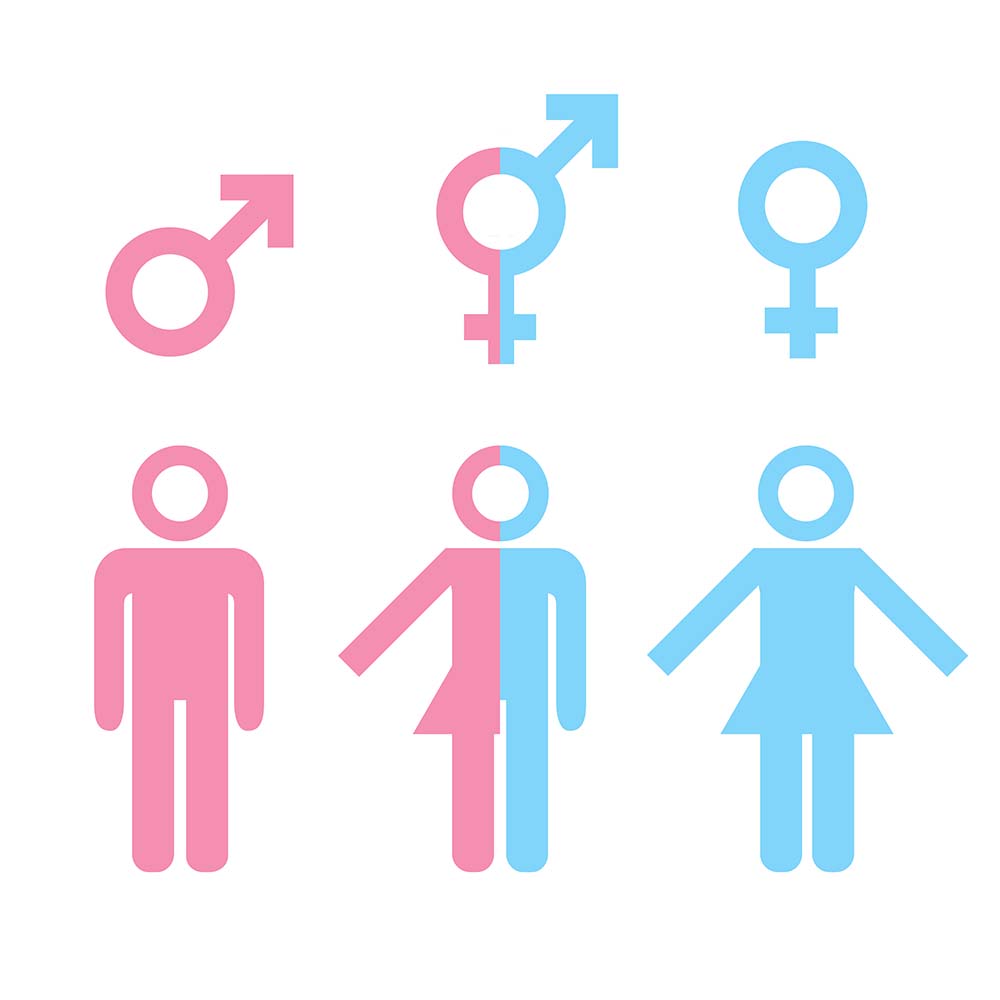Sexual identification perceptions vary by culture

In 1474 in Medieval Europe, a rooster (a male chicken) was put on trial for “the heinous and unnatural crime of laying an egg”.
Inside the egg, the villagers believed was a cockatrice, a mythical beast with the head of a rooster and the body of a dragon or serpent. While society has since moved past animal trials, intersex animals and humans alike are still seen as a rarity.
In a Friday afternoon lecture titled “Sex and Gender Have Never Been Binaries,” Cary Gabriel Costello, Ph.D., director of the LGBT studies program at the University of Wisconsin – Milwaukee, talked to a group of 100 Furman students and faculty members gathered in Patrick Lecture hall about our ideas of what it means to be intersex.
“Binary sex gender ideology…is the belief that people are born with one of two sets of genitals and this determines their binary gender,” Costello explained. “People are born across a wide spectrum.”
However, many societies tend to treat people who deviate from our preconceived spectrum as rarities.
“When intersex (non-binary genders) appears to happen it is made invisible by the fact that because the ideology behind it isn’t there” Costello said referring to the American society’s general lack of knowledge on the subject.
However, in many cultures intersex people play a valuable iconic role. In ancient Greece, hermaphrodites were seen as a sign of ultimate beauty. Additionally, in traditional Hawaiian culture, Maha is considered to be the third gender category for intersex individuals and this person is assigned special culture roles. Also, under traditional Jewish halachic law, there are four sexes. Costello explained that while intersexuality isn’t as uncommon as we think, we as Americans have stigmatized it because of our preconceived notions of gender identity.
“When it comes to people whose gender identity is not as masculine or feminine…we refuse to validate non-binary gender identities” Costello said.
Costello stated that society’s desire to hide intersex started from the medical system.
“We have medicalized intersexuality…surgically altering to try to make invisible sex differences that people are born with and then training them and their families to keep it a very shameful secret” said Costello. “So most people don’t talk about it.”
In order to raise awareness and encourage acceptance of intersexuality, Costello encouraged the audience to embrace gender diversity and to “stop gender policing people.”
“In general, we should stop gender policing one another and humiliating people,” Costello said. “Treat people by the golden rule.”